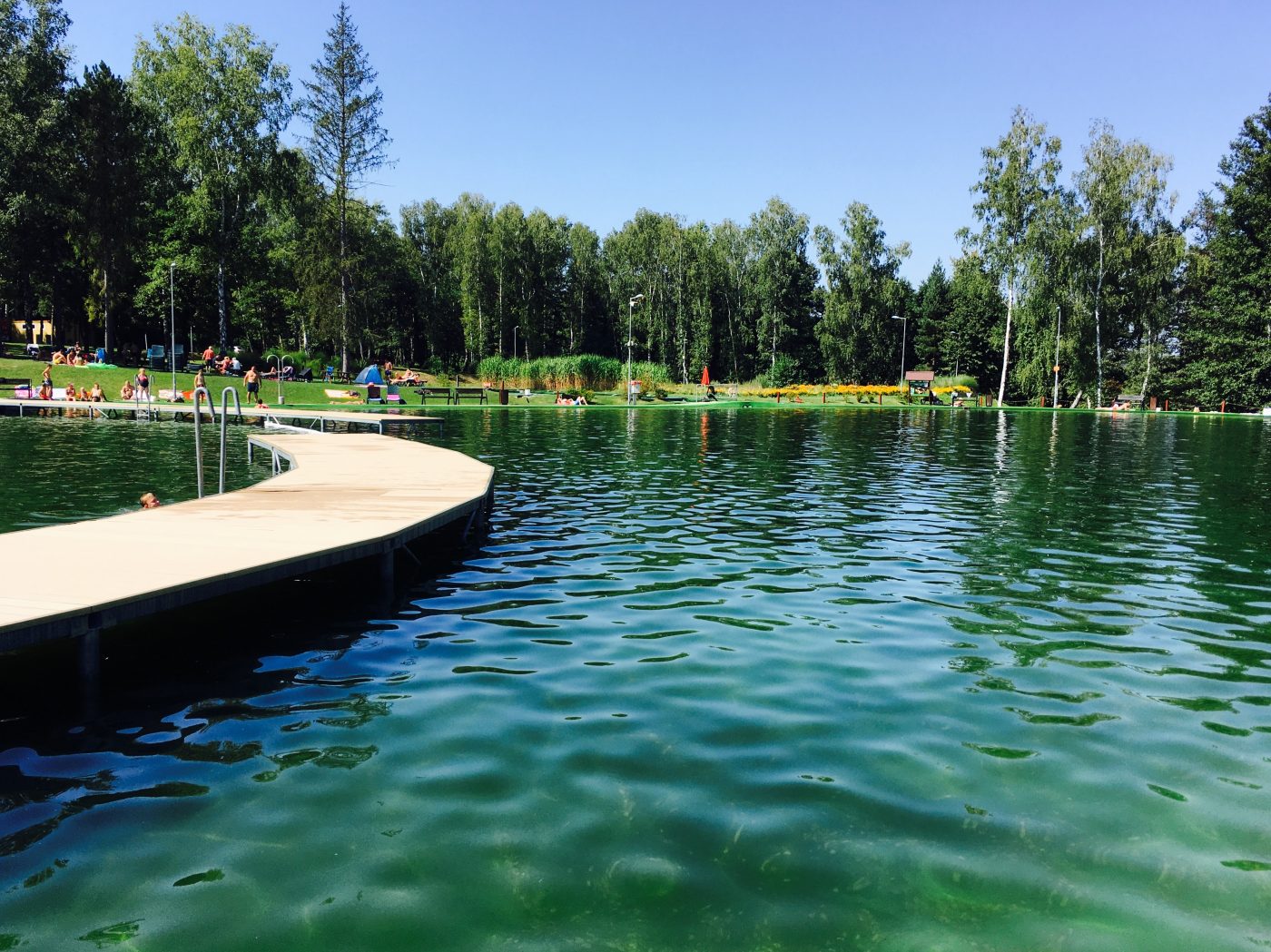Mary Lou Jay
That small wading pool in your backyard can be just as hazardous to your child’s safety as a larger in-ground or above-ground pool, according to research from Nationwide Children’s Hospital.
The study, which appeared in the July 2011 issue of Pediatrics, was conducted by researchers at the hospital’s Center for Injury Research and Policy. They found that one child in the U.S. drowns every five days during the summer after submersion in a portable pool. Almost all the accidental drownings (94 percent) involved children under age 5, and the deaths usually occurred in the children’s own backyards.
Parents may be lulled into a false sense of safety by the fact that portable pools are shallower than larger pools and, therefore, may exercise less caution than they would if their child were around deeper water. They may chat with a neighbor, go in the house to answer a phone or attend to chores while the children are playing in the pool. But it takes very little time for a child to slip and become submerged. The Nationwide Children’s Hospital study found that in 40 percent of the drowning cases, an adult actually was there but had been distracted.
No matter what type of pool you have, children and water can be a dangerous mix. The U.S. Consumer Product Safety Commission found that between 2008 and 2010, hospital emergency departments treated a yearly average of 5,100 children under age 15 for injuries caused by submersion in pools or spas. During that same period, 383 pool- or spa-related submersion deaths occurred. Seventy-six percent of the deaths and 79 percent of the injuries treated in emergency rooms involved children under age 5.
The Center for Injury Research and Policy and the American Red Cross offer some suggestions for keeping children safe around all types of pools:
- Make sure the children always are supervised when they’re in the water.
- Empty wading pools after playtime is over. If you can’t empty the pool, take all the toys out so children won’t be tempted to reach in for them.
- Fence in the area of the yard where you’re going to use the pool (this is usually required by local codes for larger pools). Make sure that the area is secure, and take away any items (like lawn furniture) that kids could use to climb over a fence. Swimming pools fall into the category of “attractive nuisances,” and homeowners are liable for any injuries sustained while others use them.
- Put alarms on doors so you know if a toddler has left the house. If a child is missing, check the pool first. Quick action could save a life.
- Keep a cellphone and CPR instructions by the pool in case of an emergency.
- Teach your children the basics of water safety, and enroll them in swimming classes.
It’s also a good idea to check your home insurance policy to be sure it will cover you if someone is hurt while splashing around in a portable pool.
